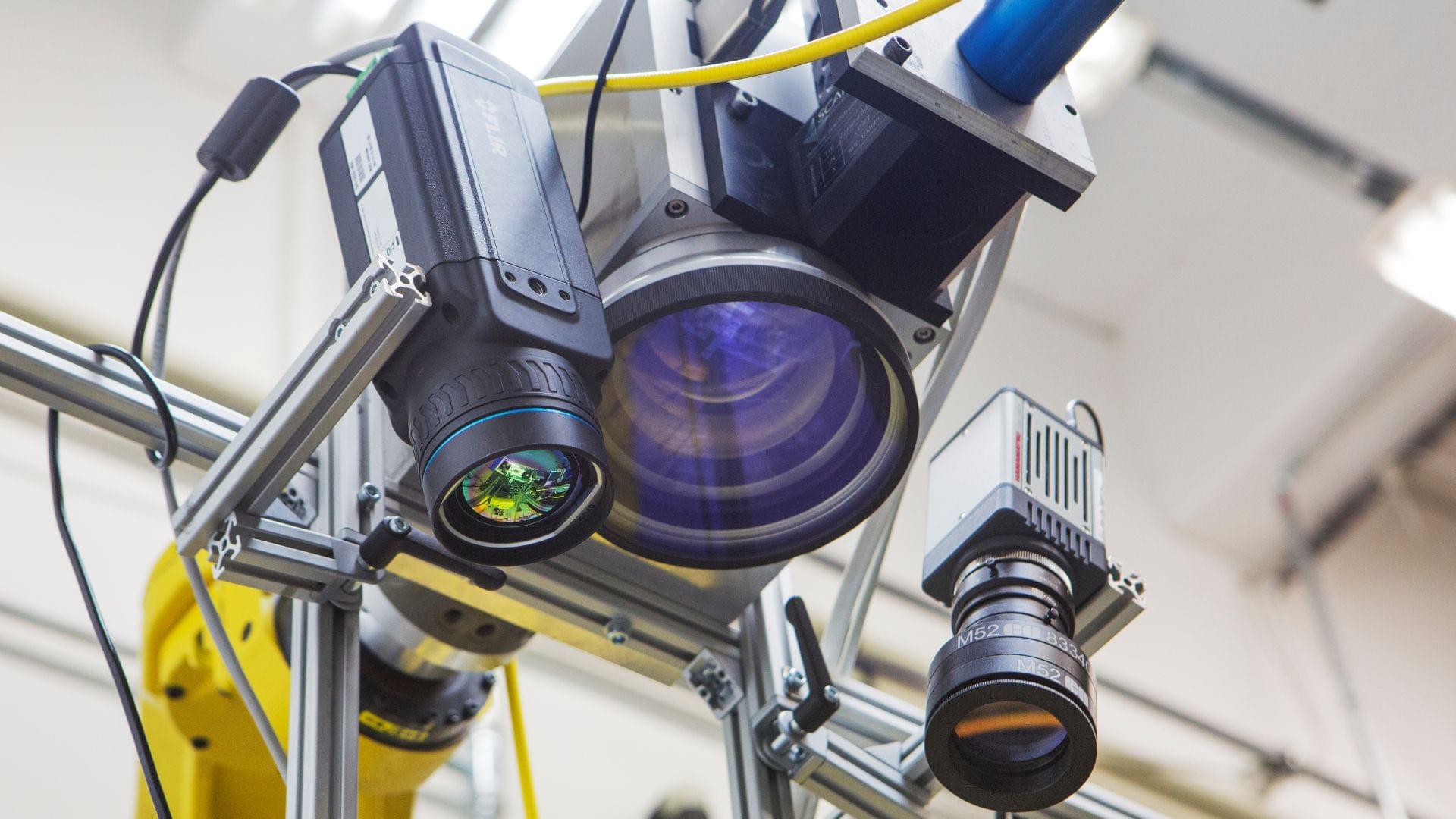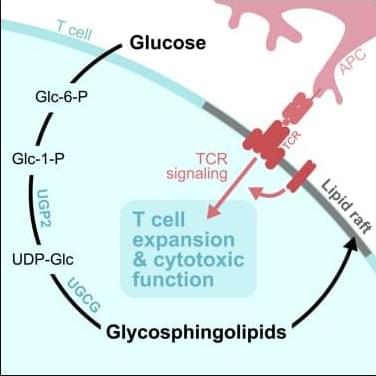Glucose controls CD8+ T cell function.
The researchers demonstrate that in CD8+ effector T cells, glucose metabolism extends beyond energy production by fueling glycosphingolipid (GSL) biosynthesis, a pathway critical for T cell expansion and cytotoxic function.
The authors show that CD8+ effector T cells use glucose to synthesize uridine diphosphate-glucose (UDP-Glc), a precursor for glycogen, glycan, and GSL biosynthesis. Inhibiting GSL production impairs CD8+ T cell expansion upon pathogen challenge.
Mechanistically, we show that glucose-dependent GSL biosynthesis is required for plasma membrane lipid raft integrity and optimal T cell receptor (TCR) signaling. https://sciencemission.com/Glucose-dependent-glycosphingolipid-biosynthesis
Glucose is required for T cell proliferation and function, but its key metabolic fates in vivo are not well defined. Longo et al. demonstrate that in CD8+ effector T cells, glucose metabolism extends beyond energy production by fueling glycosphingolipid biosynthesis, a pathway critical for T cell expansion and cytotoxic function.









